High-yielding universal cabbage variety Vyuga
Vyuga is an easy-to-care variety of white cabbage that is suitable both for fermentation and for fresh consumption. Gardeners love the plant for its high yield, frost resistance, suitability of vegetables for transportation and excellent keeping quality.
Description of the Vyuga cabbage variety
The variety of white cabbage Vyuga, bred in Siberia, is a universal purpose, medium-late ripening variety intended for industrial and individual cultivation. It is distinguished by its ease of care and high shelf life, for which it is especially valued.
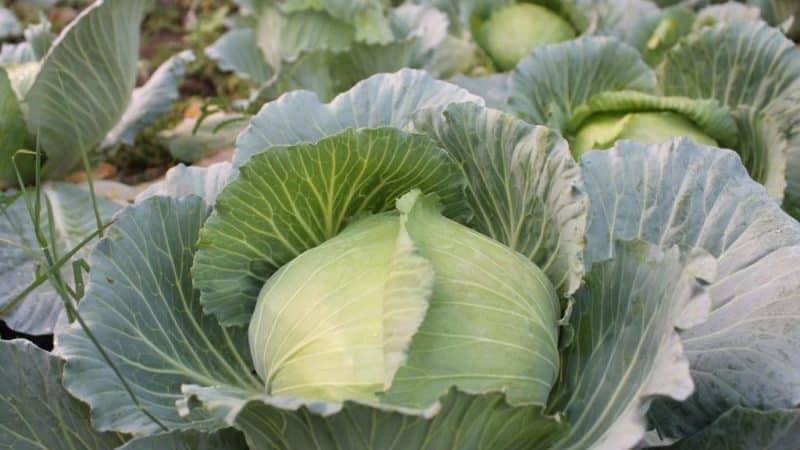
Breeding history
The variety was developed by Siberian breeders at the Federal Scientific Center for Vegetable Growing. It was obtained relatively long ago, in 1983, so it has already become very widespread. In 1989, the culture was included in the State Register of Russia.
Chemical composition and beneficial properties
White cabbage contains vitamins C and U, which have anti-inflammatory, healing and antioxidant properties. In addition to them, the chemical composition includes:
- vitamins K, B1, B2, B3, B4, B5, B6 and B9, beta-carotene;
- macroelements: potassium, calcium, silicon, magnesium, sulfur, phosphorus;
- trace elements: boron, iodine, manganese, chromium and others.
Phytosterols campesterol and brassicasterol reduce the amount of cholesterol absorption in the intestine by 10–20%.
Due to its high sugar content (approximately 5 g per 100 g of leaves), cabbage is ideal for pickling. Increased juiciness makes it indispensable for salads.
Features of application
Vyuga is a universal variety of white cabbage, so it is widely used in cooking:
- for cooking, stewing and frying;
- for fresh salads;
- for canning and fermentation.
The most important and valuable quality of this cabbage is its keeping quality. This is the best variety for winter storage. Under favorable conditions, in a cool, dry place, vegetables can last up to 7 months.
Characteristics
The rosette is vertical, up to 45 cm high and 80–85 cm in diameter, but sometimes reaches 100 cm. The rosette contains up to 15 leaves, approximately equal in length and width (about 40 cm).
The leaves are dense, gray-green, slightly concave, with uneven edges. Covered with a pronounced waxy coating. The head of cabbage is round, white-yellow when cut. Weighs 1.8–3.3 kg on average. The taste is sweetish, juicy.
The full period of vegetative maturation is 135–160 days. Incomplete vegetation lasts 95–125 days.
Vyuga is a high-yielding variety: approximately 7 kg of cabbage is harvested from 1 m², and 508–673 kg from 1 ha. The plant is resistant to most common diseases and frost.
For which regions is it best suited?
This cabbage was bred in Siberia and is positioned as a frost-resistant variety, therefore suitable for regions where there are low temperatures in summer. If the summer is short, Vyuga is grown in greenhouses.
The plant is zoned for the Northwestern, Central, Volga-Vyatka, Central Black Earth, Western, Eastern Siberian and Far Eastern regions of Russia.
Read also:
Early maturing cabbage hybrid Krautkaiser F1
Advantages and disadvantages
The main advantages of the Vyuga variety are its resistance to damage during transportation and the possibility of long-term storage, excellent taste and high yield.
The culture does not tolerate waterlogging of the soil, this is its disadvantage.
Differences from other varieties and hybrids
Unlike plants with similar ripening periods, Vyuga is resistant to all diseases at the same time, and its harvest can be stored for up to 7 months.
Thus, the mid-late variety Podarok is affected by clubroot, and the hybrid Ilona does not have good keeping quality.
Features of planting and growing
Each crop has its own requirements and growing characteristics. Even a variety as unpretentious and resistant to environmental changes as Vyuga needs to follow planting rules.
Preparing for landing
Before you start sowing seeds, it is important to prepare them. If this step is skipped, the plants will be more susceptible to adverse conditions and more susceptible to disease.
Cabbage is sown for seedlings in late March - early April, and planted in the garden at the end of May - early June.
Seed preparation:
- Large and smooth specimens without defects are selected.
- They are treated with a pink solution of potassium permanganate.
- Tempered with cold and hot water: first quickly scalded with boiling water, and then placed in ice water for 3-4 hours.
Preparing seedlings:
- The seedlings are inspected, low-quality and weak plants are removed.
- When 2 true leaves appear on the seedlings, the seedlings are planted in separate containers about 12 cm high, buried as much as possible. The main root is pinched. Picking cabbage is an optional procedure, but it is preferable when planting in regions with short summers.
The optimal temperature for seedling growth is +12…+18°C.
How to plant without seedlings
The Vyuga variety does not need to be planted as seedlings in advance. In regions with warm climates, it is allowed to sow seeds directly into open ground. Since the crop is mid-late, this is done in the first half of May.
Soil requirements
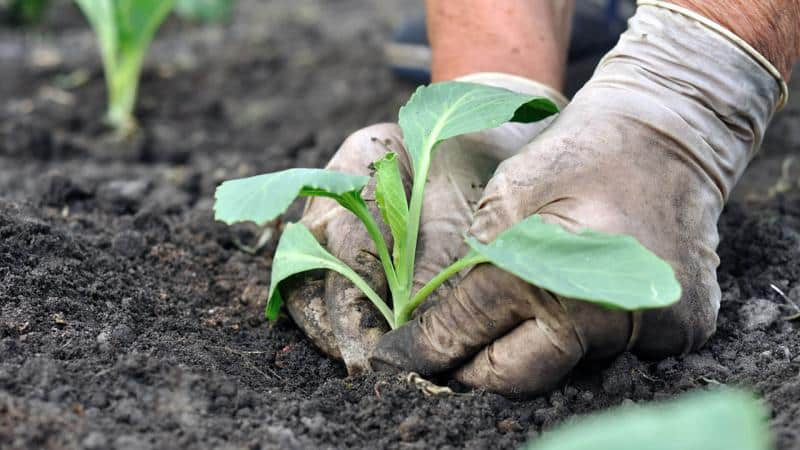
The soil should be low acidity or neutral. Increased acidity provokes diseases in plants.
Important! It is advisable to prepare the soil in the fall, dig it up, fertilize it, and clear it of debris and weeds.
Fertilize the ground in the fall with humus and turf in a 1:1 ratio. Additionally, they are disinfected with wood ash (1.5 tbsp per 1 m²).
Predecessors
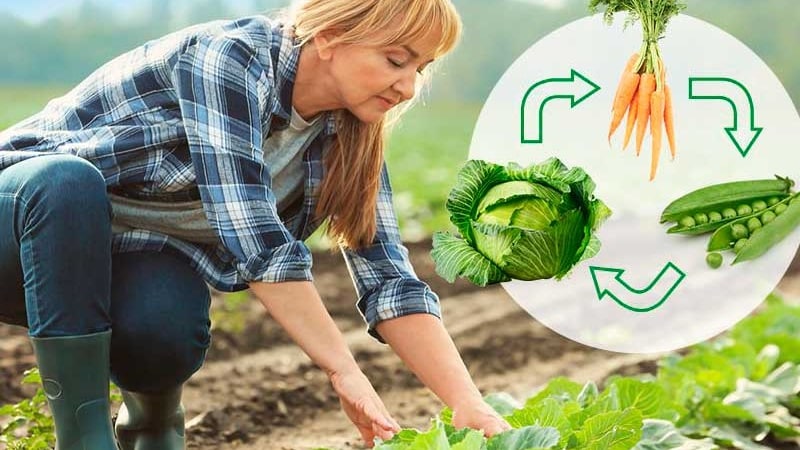
Cabbage grows well after onions, carrots, potatoes, beans, cucumbers, beets, and peas.
Unsuitable predecessors are plants of the Cruciferous family, to which cabbage belongs. This is due to the fact that pests that are dangerous specifically for this crop often settle in the soil from the previous time. The interval of planting cabbage in the same place is at least 3 years.
Dates, scheme and rules of planting
The seedless method is suitable only for regions with a warm climate, therefore the seeds of Vyuga white cabbage are sown in open ground in early May, when the threat of night frosts has passed.
The holes should be at a distance of 30 cm from each other, approximately 2 cm deep. Each hole is treated with boiling water and potassium permanganate, fertilizer is added and 2-3 seeds are planted. Water and cover with film.
After the shoots appear, the holes are opened, the weak plant is pinched, and the healthy and strong plant is left.
Nuances of care
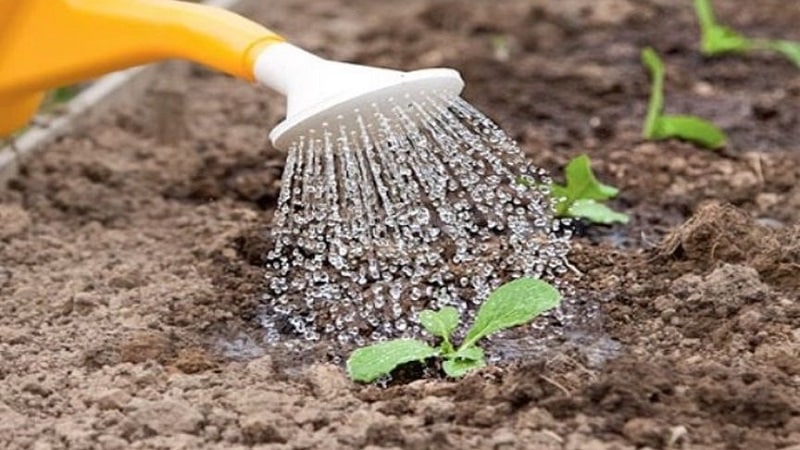
Blizzard loves abundant watering at least 2-3 times a week. In dry weather - more often. Over-wetting the soil is not allowed. Watering is not carried out during the rainy season.
Be sure to hill up the cabbage every 3-4 weeks (for the first time - when heads of cabbage begin to form) and weed as weeds appear.
Top dressing
After the ovary of the future head of cabbage appears, the crop is fertilized with chicken or cow droppings. They are diluted with water in a 1:1 ratio and left for 2 weeks. The resulting solution is diluted with water in a ratio of 1:4 and used for irrigation. It is allowed to use complex fertilizers containing potassium, nitrogen and phosphorus.
Advice! Before fertilizing, remove weeds and loosen the soil. This gives additional oxygen access to the roots.
Fertilize the plants every 2-3 weeks.
Measures to increase yield
The yield of cabbage largely depends on care and compliance with growing rules.
It is important to strictly observe sowing dates and plant seedlings in the garden on time (at the age of 60 days). For earlier varieties, the seedling period is reduced to 2–4 weeks.
Disease and pest control
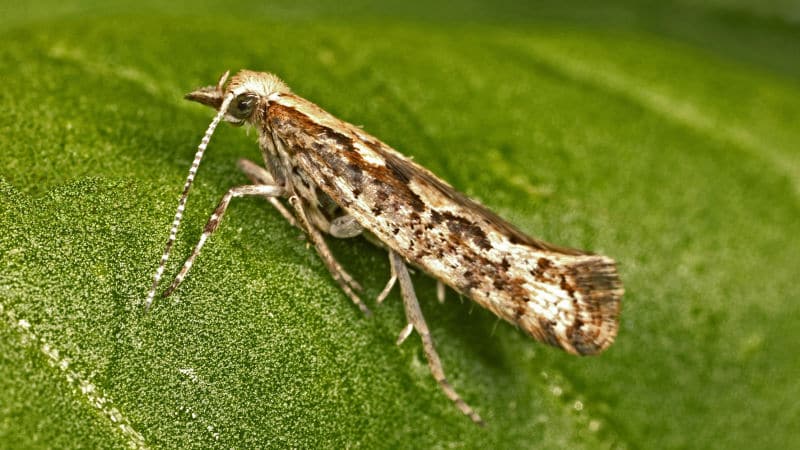
The variety is resistant to many common diseases, but if care rules are not followed, it becomes vulnerable to blackleg and powdery mildew.
These fungal diseases appear due to:
- soil waterlogging;
- low or high temperatures;
- increased acidity of the earth;
- excess nitrogen;
- too dense planting.
Affected specimens are destroyed to prevent the disease from spreading to other heads of cabbage, and the place where they grew is disinfected with a solution of potassium permanganate or colloidal sulfur (5 g per 1 m²). To avoid the appearance of diseases, the heads of cabbage are treated with Fitosporin.
The crop is attacked by insects: aphids, caterpillars, butterflies, slugs, cabbage flies.To repel pests, strong-smelling plants are planted between the rows of cabbage: dill, celery, marigolds, marigolds. If this does not help, chemical agents are used (Nemabakt, Bicol, Actofit).
Difficulties in growing
It is not for nothing that Vyuga cabbage has become popular and beloved by many gardeners - if you follow all the rules, difficulties in growing it can be easily avoided.
However, if there is insufficient watering, the cabbage will become poorly watered and wither; if it is overwatered, it will begin to mold, and resistance to disease will decrease. If improper or insufficient feeding occurs, the heads of cabbage will be small.
Harvest and storage
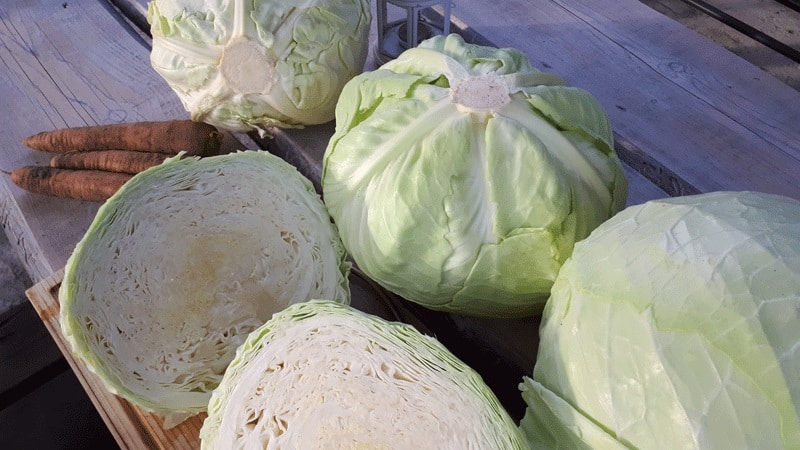
Vegetables ripen around the end of September. It is important not to be late in harvesting - the longer the cabbage remains in the garden, the shorter it will be stored. In addition, autumn pests will settle in it.
Heads of cabbage are collected before severe frosts, in dry weather. The stalk is left up to 10 cm long.
If harvested on time, the shelf life of the crop will increase to 7 months. Keep vegetables in a dry and cool cellar at a temperature of 0...+2°C.
Tips and reviews from experienced gardeners
Summer residents share their experience in growing this variety:
Galina, Novosibirsk: “I’ve been growing blizzards for many years. It is suitable for sourdough and delicious in salads. We store the harvest in the cellar for a long time in winter. We do not shorten the stalk too much. I wrap each head of cabbage separately in newspaper and cover it with a blanket in severe frosts.”
Maria, Moscow: “Last year we grew this cabbage in the country for the first time. There were no problems, the heads of cabbage were cut somewhere in October, and they were stored on the balcony for a long time.”
Read also:
The best Dutch varieties and hybrids of white cabbage
The best varieties of cabbage for pickling and storing for the winter
Conclusion
The mid-late variety Vyuga has proven itself well over a long period of existence. Vegetables are suitable for fermentation, fresh consumption, stewing, freezing and canning. In a dry, cool cellar or basement, the harvest can be stored for up to 7 months without loss of taste and presentation. The crop is suitable for growing in areas with cold climates.